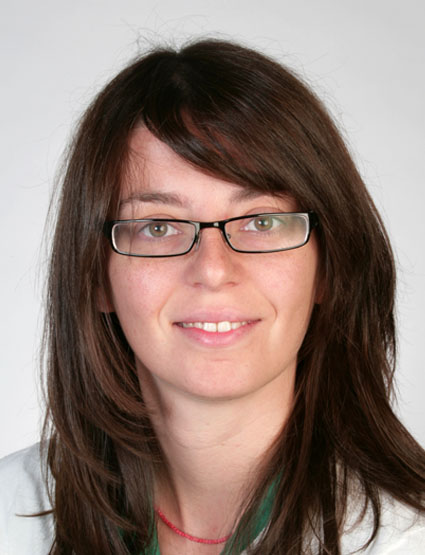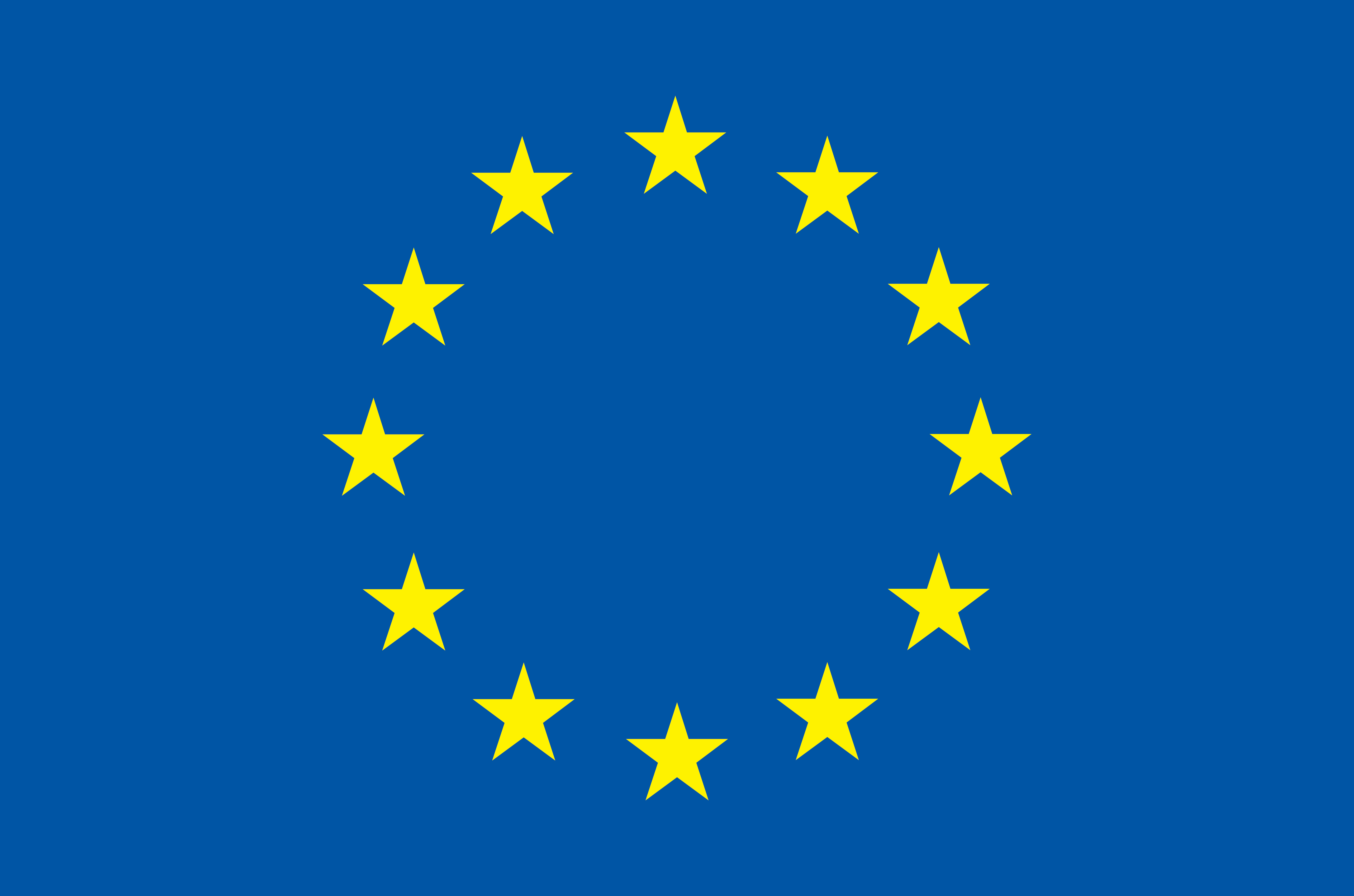 |
Research Professor Melville Laboratory for Polymer Synthesis Department of Chemistry University of Cambridge Lensfield Road, Cambridge CB2 1EW, UK sv319(at)cam.ac.uk |
Cellulose Photonics: from nature to applications
Nature’s most vivid colours are produced when light repeatedly scatters against periodically organized interfaces within nanostructured materials. This brilliant iridescent colouration is frequently used in many insect and animals but also in different species of plants.
One of the most striking example is the colour of Pollia fruits [1] is the results of chiral multilayered structures composed of cellulose micro-fibrils, which from a layered structures. In each component layer, cellulose micro-fibrils lie parallel to one another, with successive layers offset from each other at a small angle, so that the direction of the parallel-aligned micro-fibrils changes consistently, rotating from one layer to another and producing an intense colour-selective reflection.
Biomimetic with cellulose-based architectures enables us to fabricate novel photonic structures using low cost materials in ambient conditions [2-4]. Importantly, it also allows us to understand the biological processes at work during the growth of these structures in plants.
In this work the route for the fabrication of cellulose-base architecture will be presented and the optical properties of cellulose artificial structures will be analyzed and compared with natural one.
[1] S.Vignolini et. al Pointillist structural color in Pollia fruit PNAS 109, 15712 (2012).
[2] S. N. Fernandes et. al Structural Color and Iridescence in Transparent Sheared Cellulosic Films Macromol. Chem. Physic. 214, 25-32 (2013)
[3] A. G. Dumanli et. al Digital Color in Cellulose Nanocrystal Films, ACS Appl. Mater. Interfaces ACS Appl. Mater. Interfaces 6 (15), pp 12302 (2014)
[4] A. G. Dumanli et. al Controlled bio-inspired self-assembly of cellulose-based chiral reflectors, Adv. Opt. Mat. 2, 646 (2014)
CV
Dr. Silvia Vignolini studied Physics at the University of Florence, Italy. In 2009, she was awarded a PhD in Physics at the European Laboratory for non-Linear Spectroscopy and the Physics Department at the University of Florence. During her PhD, she studied light-matter interaction in the near-field regime under the supervision of Prof. D. Wiersma. In 2010, she joined the group of Prof. U. Steiner as a Research Associate at the Cavendish Laboratory in Cambridge, UK, working on optical properties of soft materials. In 2013 she has been awarded a BBSRC David Philip Fellowship. She joined the Chemistry Department in Cambridge as a Lecturer in 2014, and in 2015 she has been awarded an ERC Starting Grant.
Research Interests
My research interests focus on the study of the optical properties of photonic structures, from natural photonic structures, like the ones found in butterfly beetles and plants, to man-made self-assembled photonic materials and metamaterials. In the last 5 years in Cambridge I have been studying the optical response and the anatomical properties of different species of flowers and fruits. At the same time I have been also working in the development and optical characterization of novel self-assembled materials such as polymeric photonic crystals, and bio-inspired materials using biocompatible fabrication routes. I led the activities involved in the fabrication and understanding of the optical response of pure three-dimensional self-assembled metamaterials.


